For two full days, we have been exploring one of the world's largest natural history museums, with over 24 million specimens and objects: the Field Museum of Chicago. The beginnings of this museum date back to the Chicago World's Fair (also known as the World's Colombian Exposition) of 1893. Merchant Marshall Field was talked into funding the museum, which was originally called the Columbian Museum of Chicago. The only remaining building from the 1893 Exposition ( The Palace of Fine Arts) became the home for the new museum. In 1905, the name was changed to Field Museum of Natural history and by 1921 it relocated to its current site on area known as the Museum Campus (while the previous site became the Museum of Science and Industry). Ten years later, the Field Museum had become one of three premier natural history museums in the United States (after the American Museum of Natural History in New York, and the Smithsonian Museum of Natural History in Washington D.C.). In May of 2000, "Sue", the most complete and best preserved T-Rex fossil (approximately 67 million years old) became one of the museum's highlight exhibits. Over two million visitors per year visit the Field Museum.
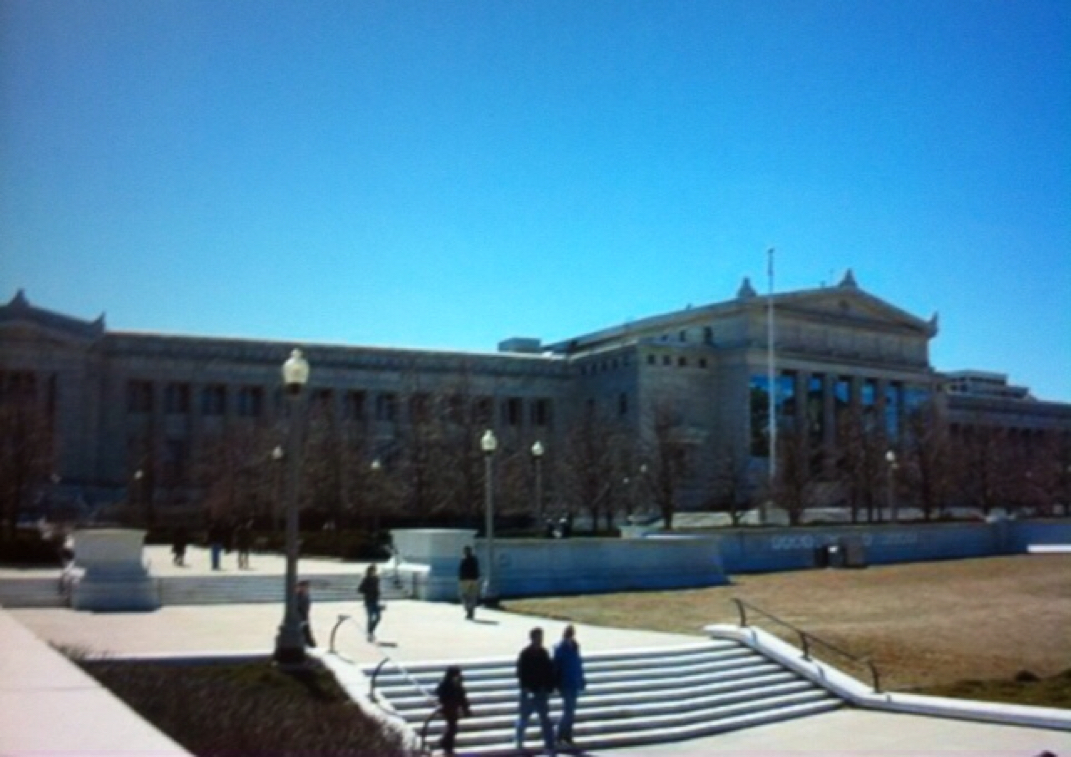
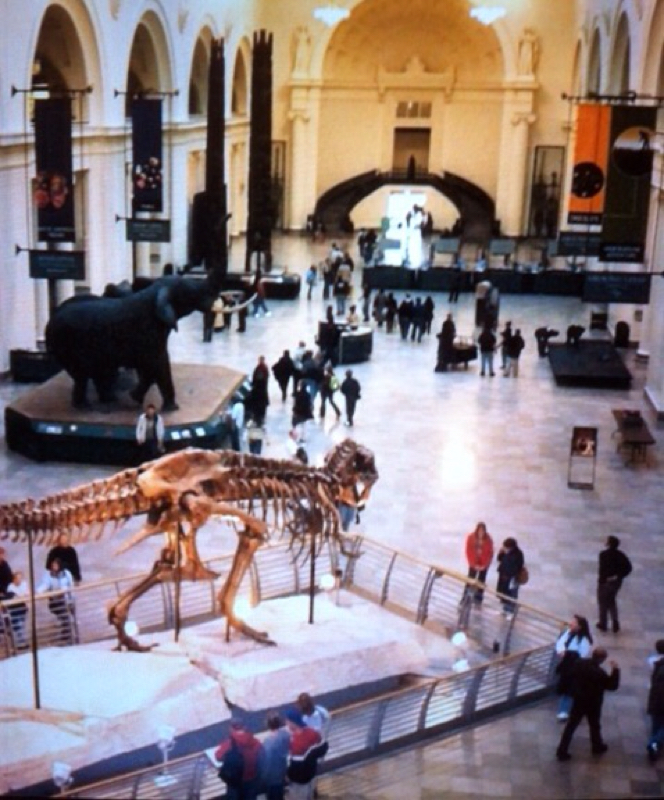
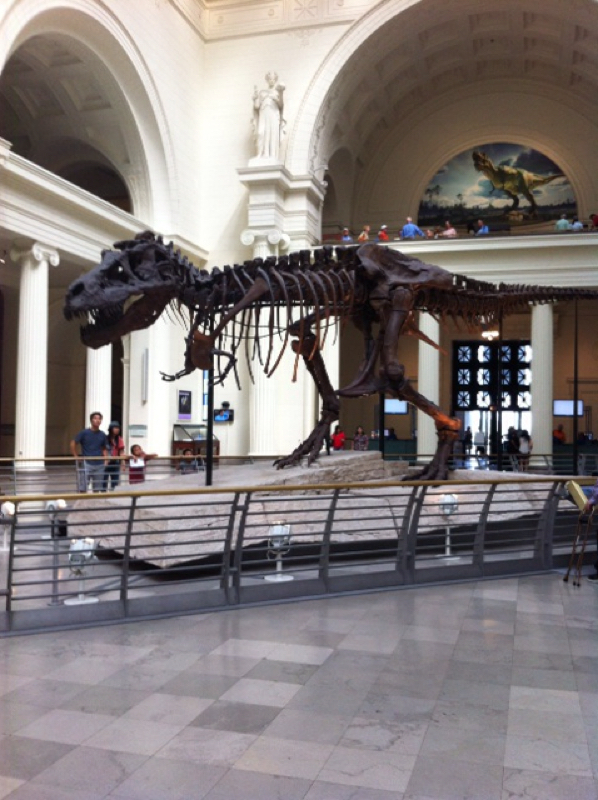
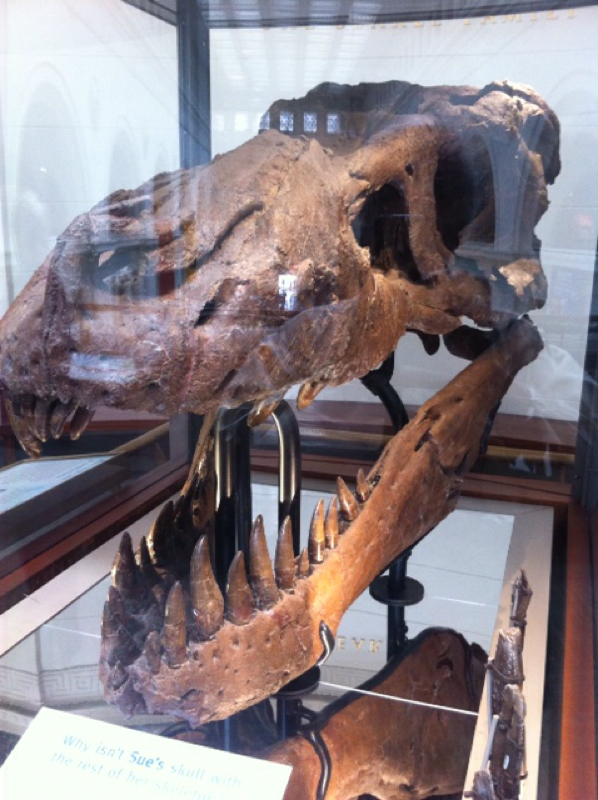
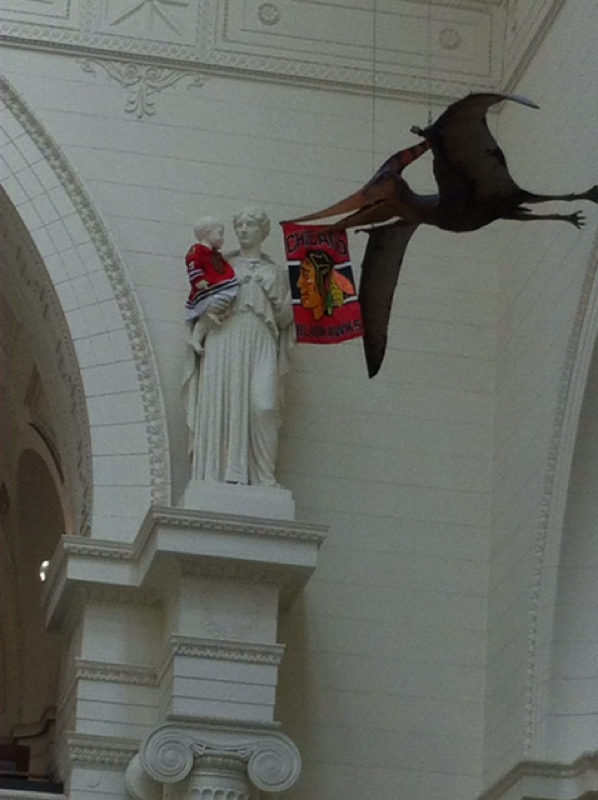
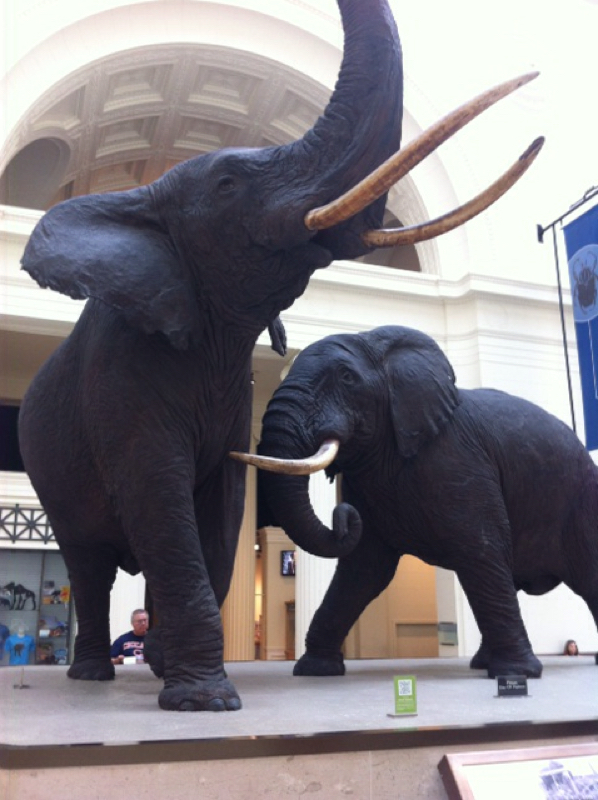
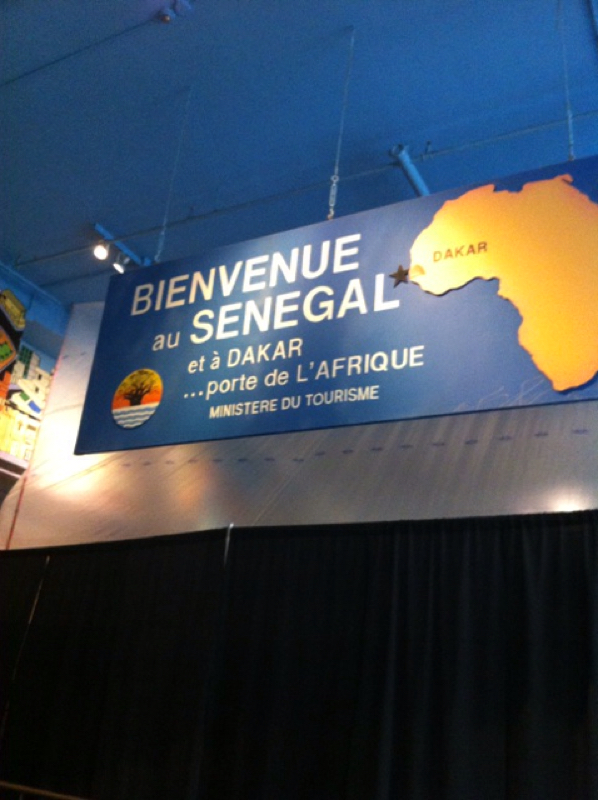
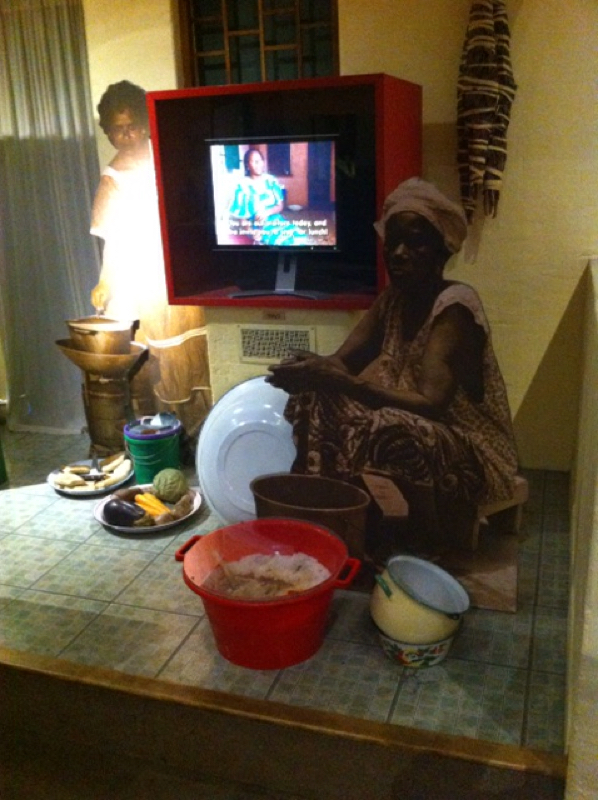
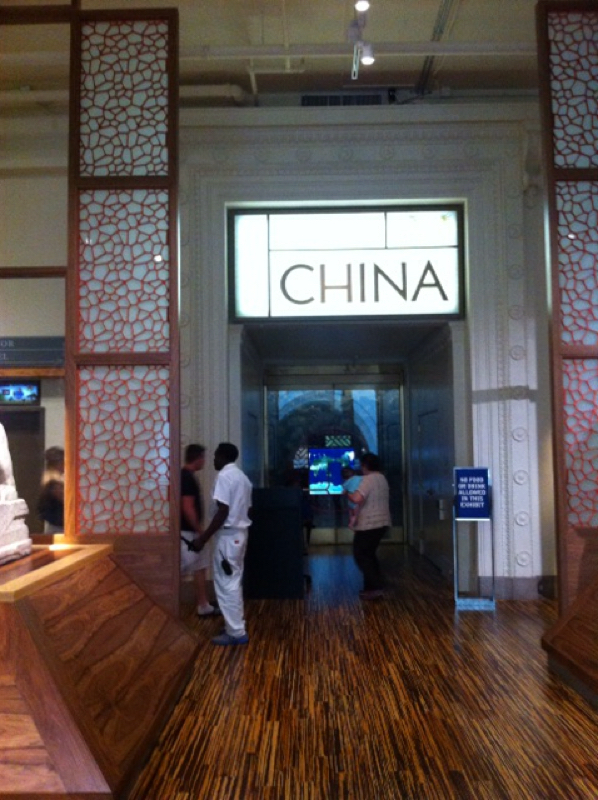
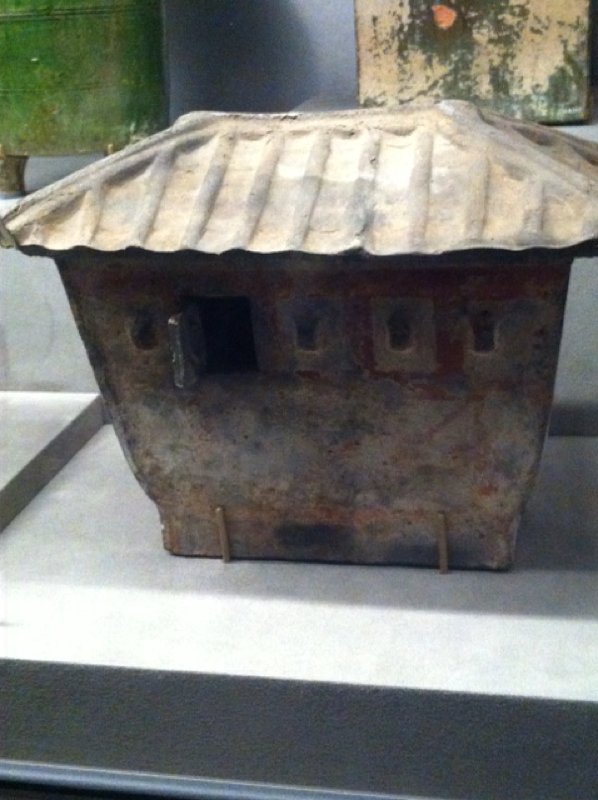
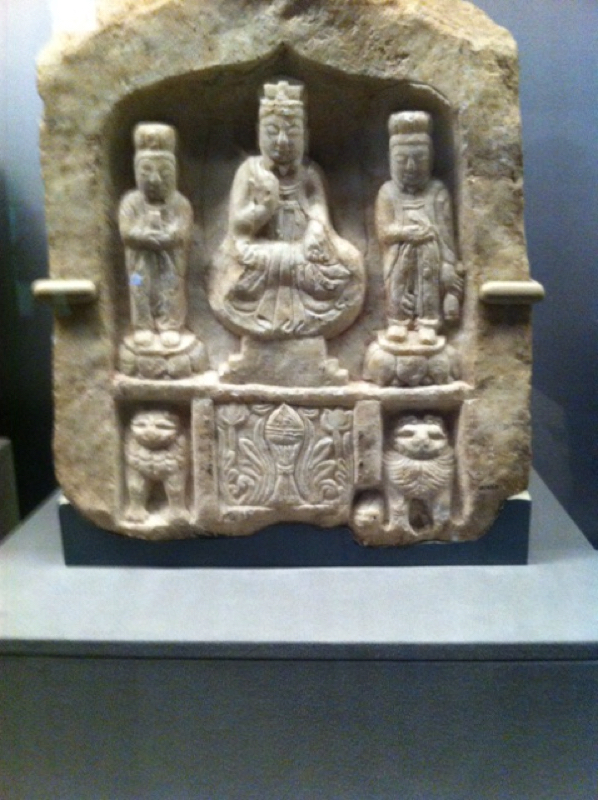
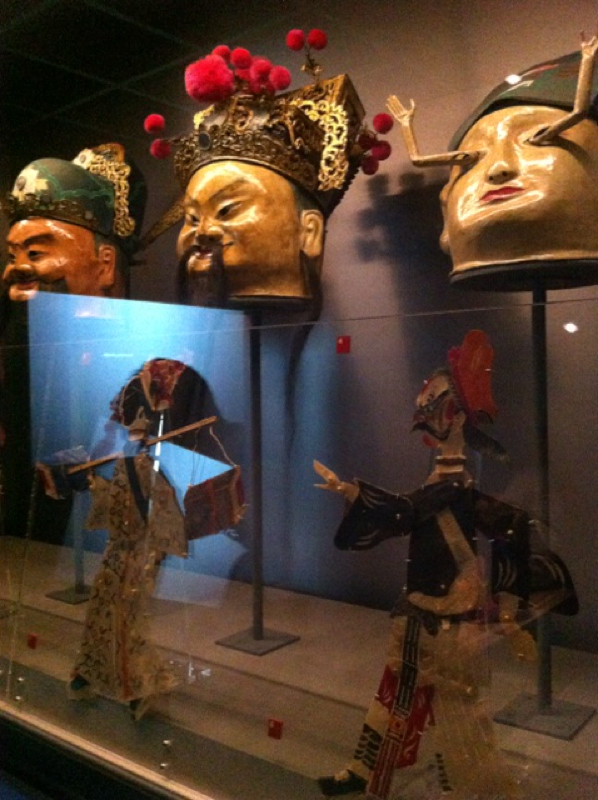
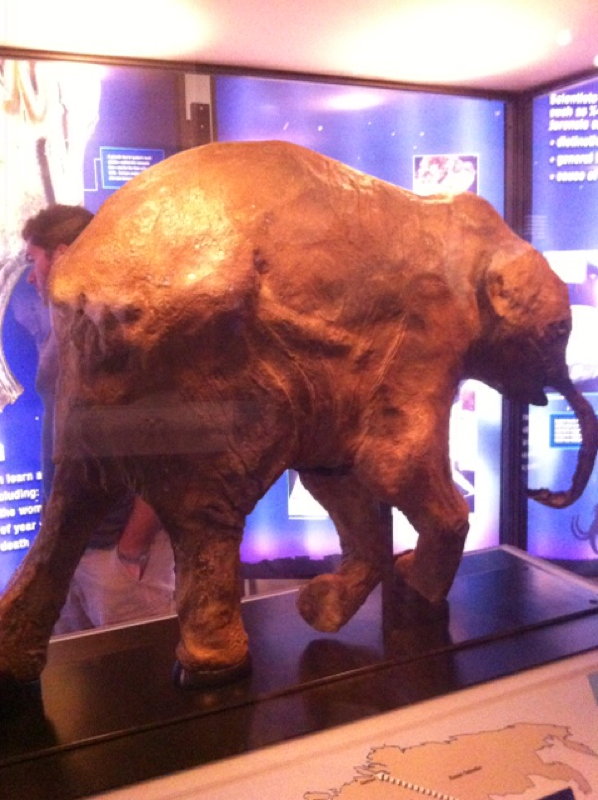
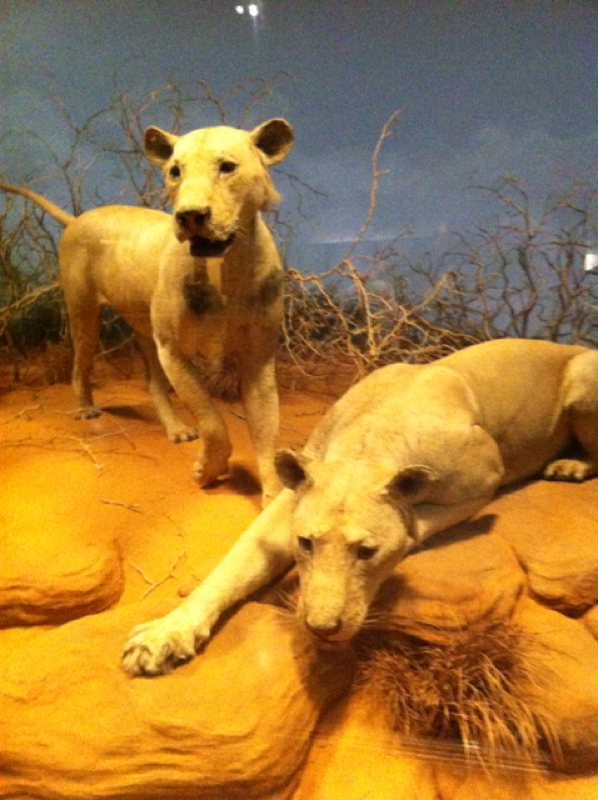
 RSS Feed
RSS Feed
